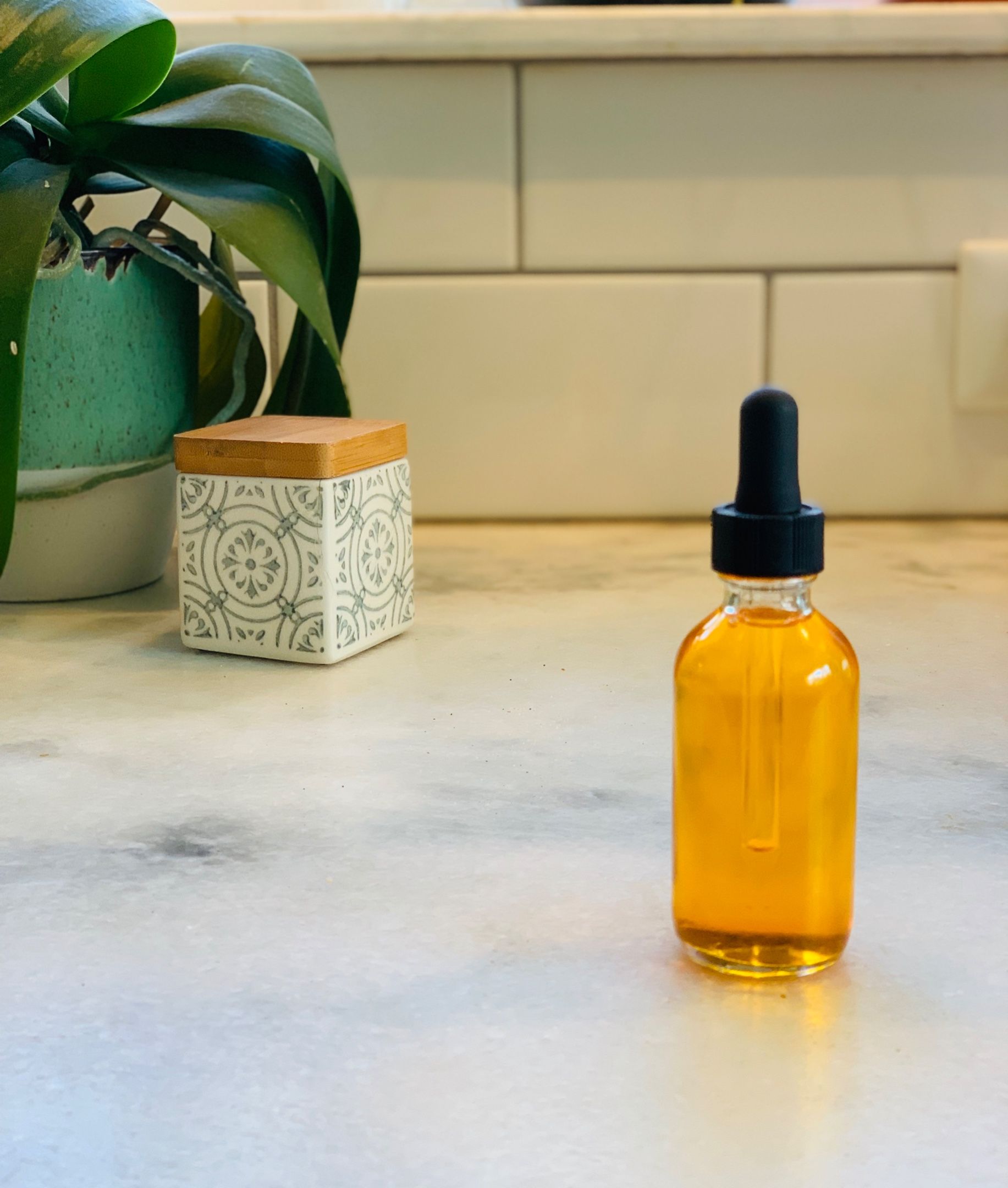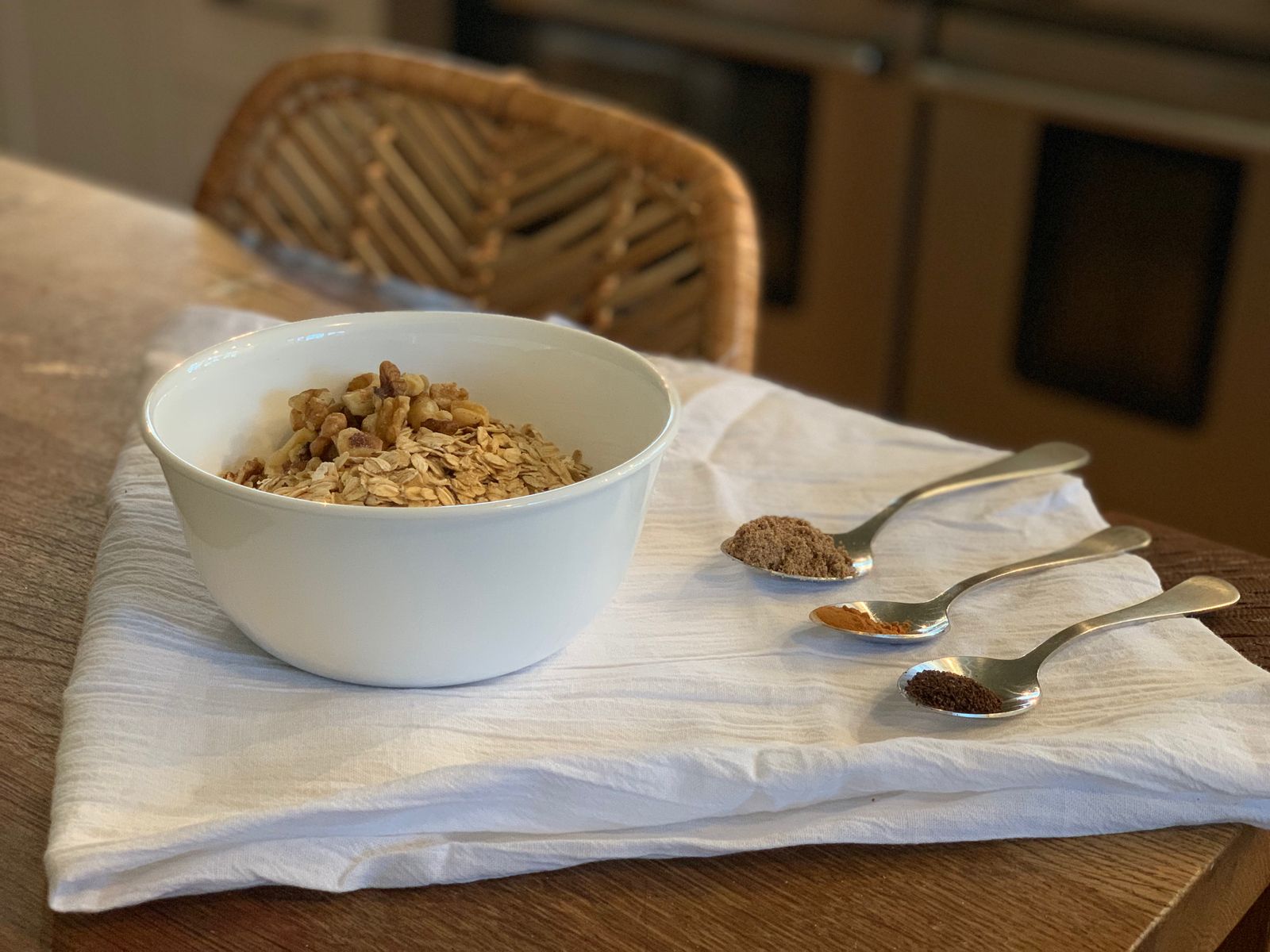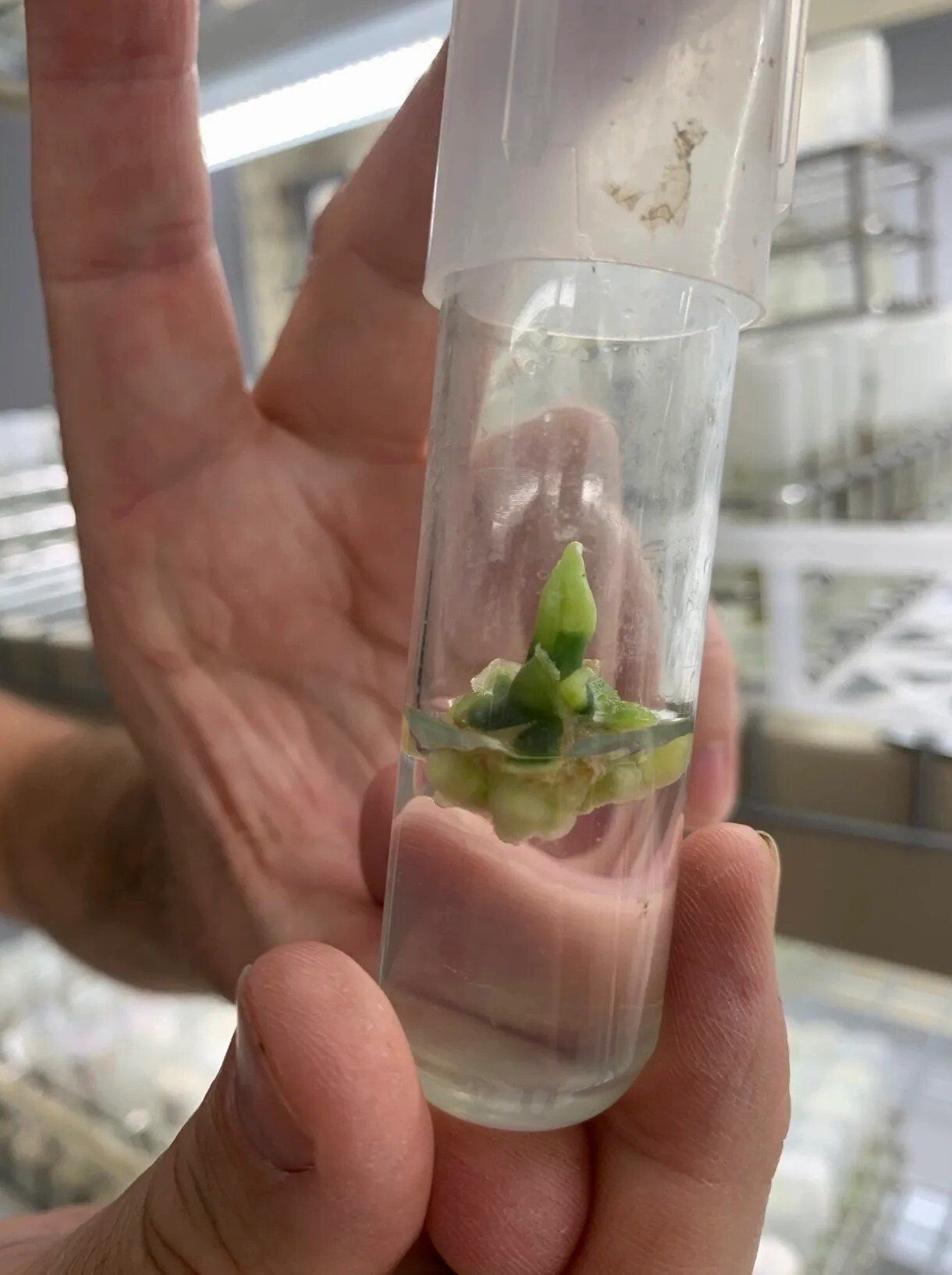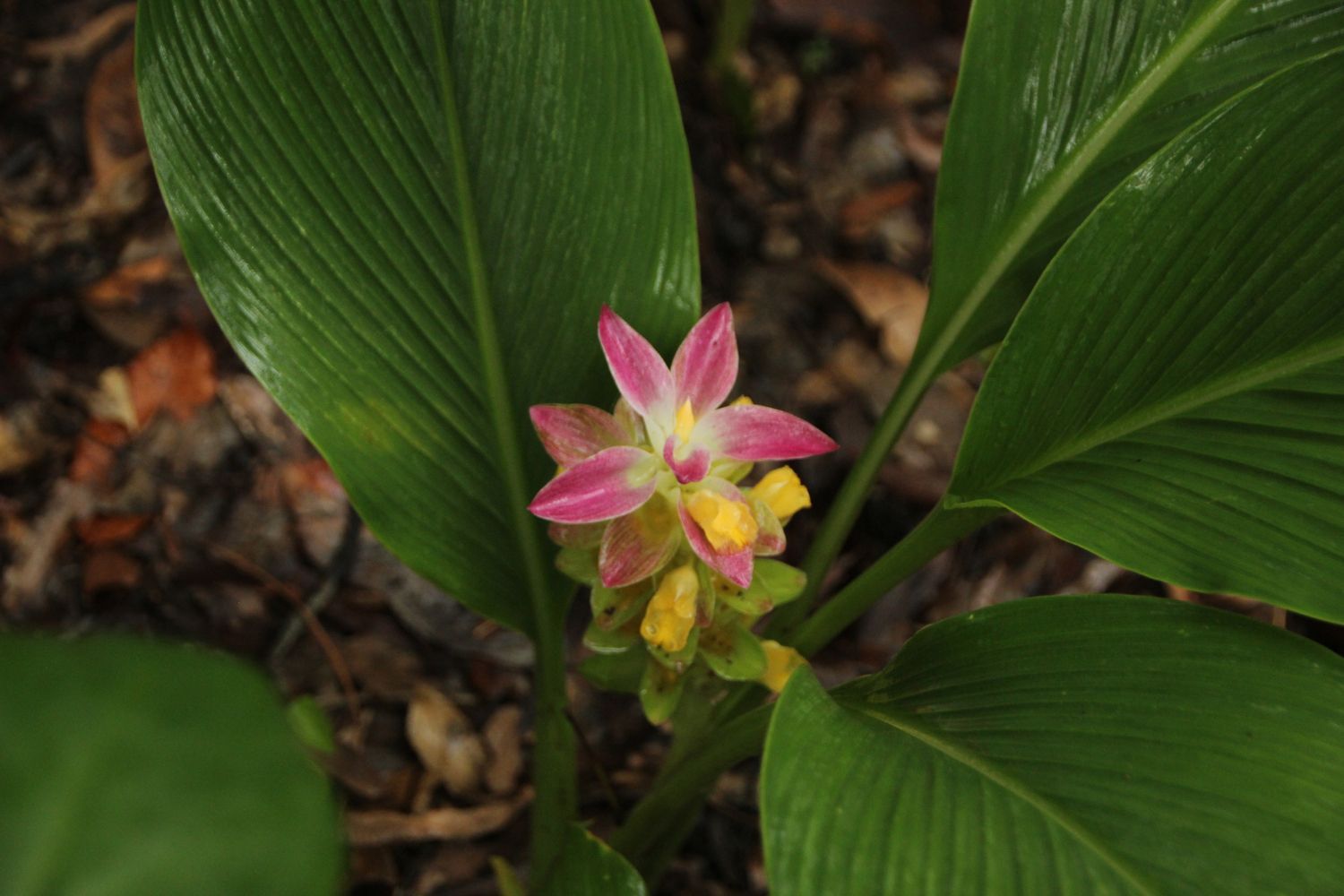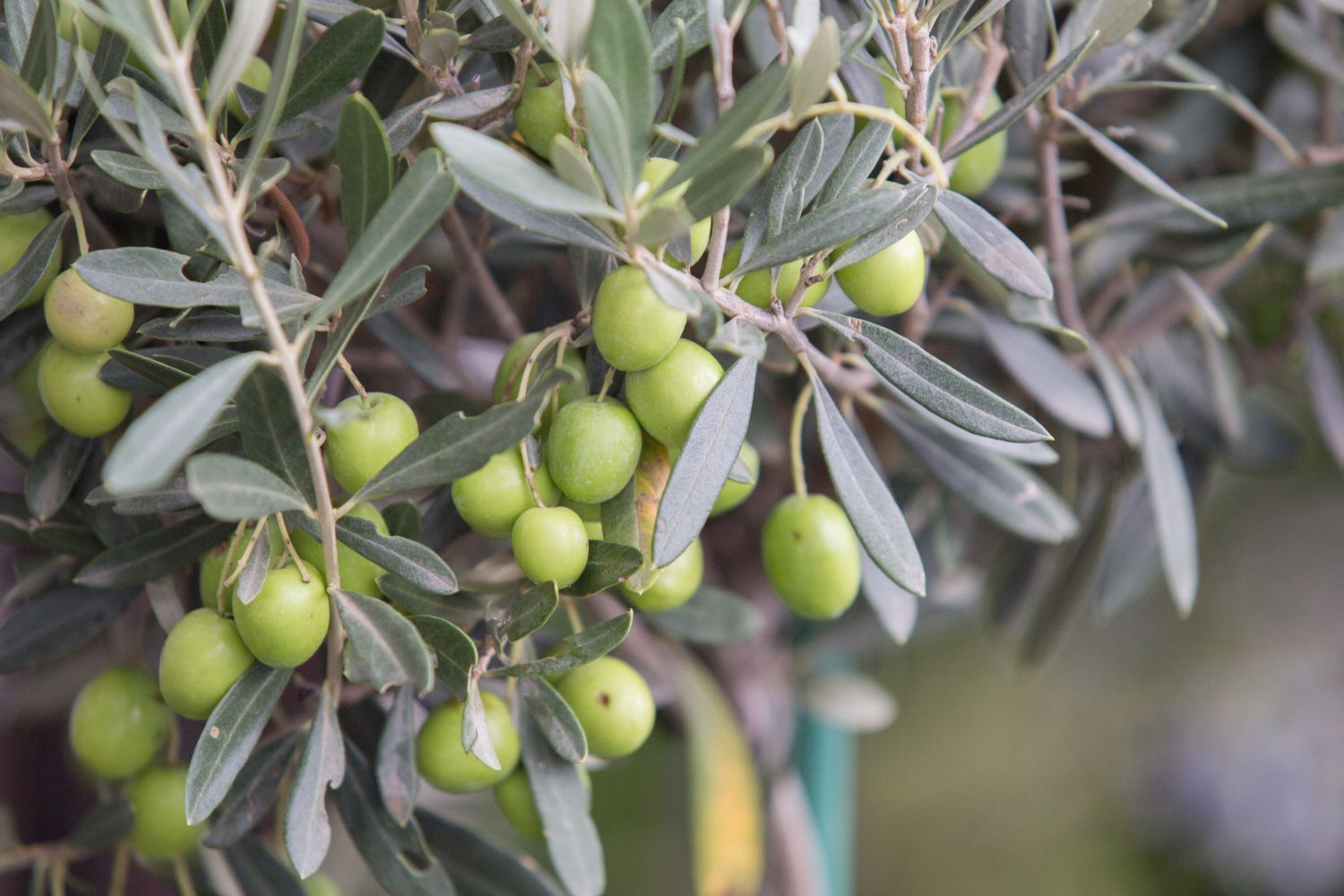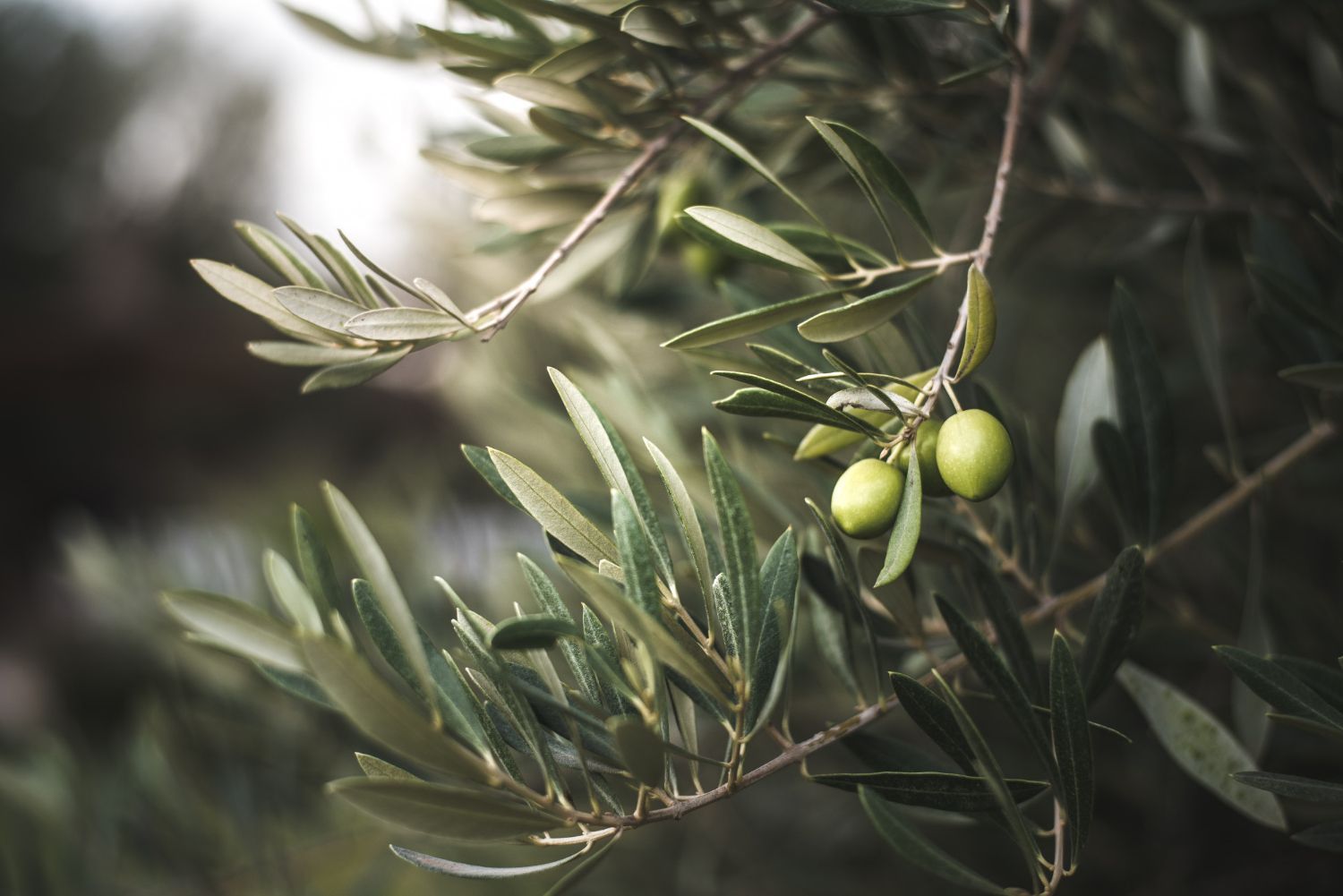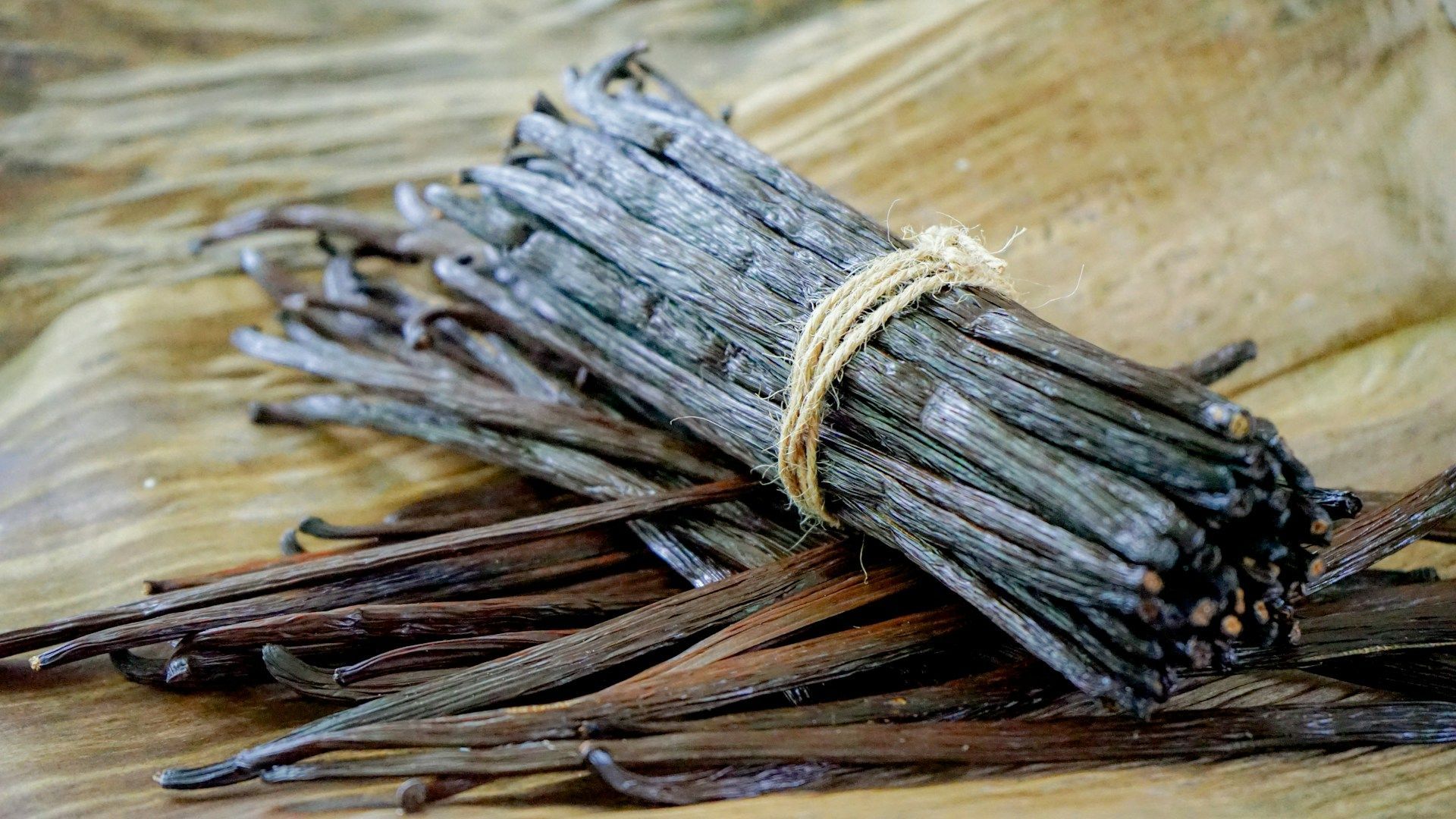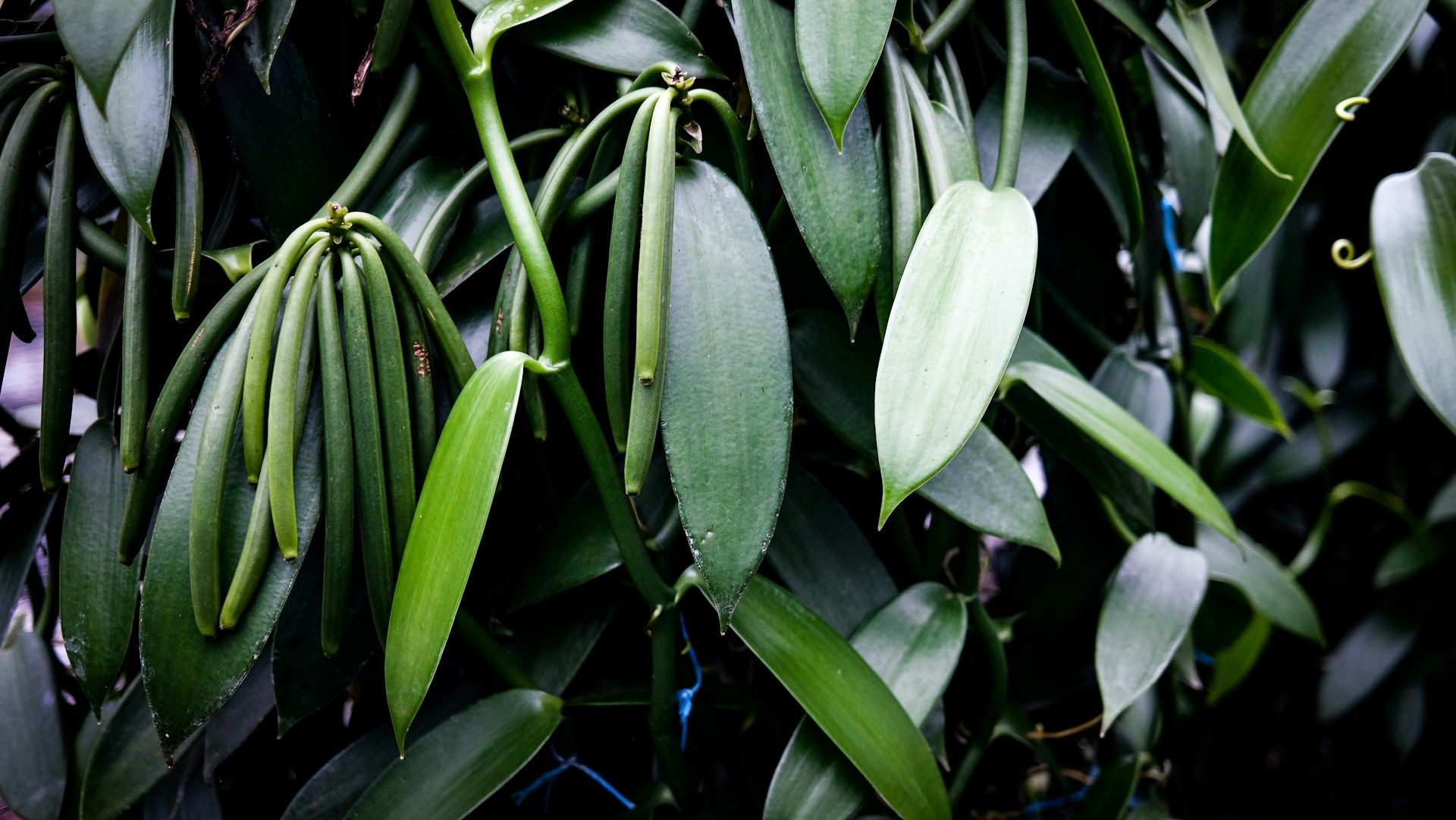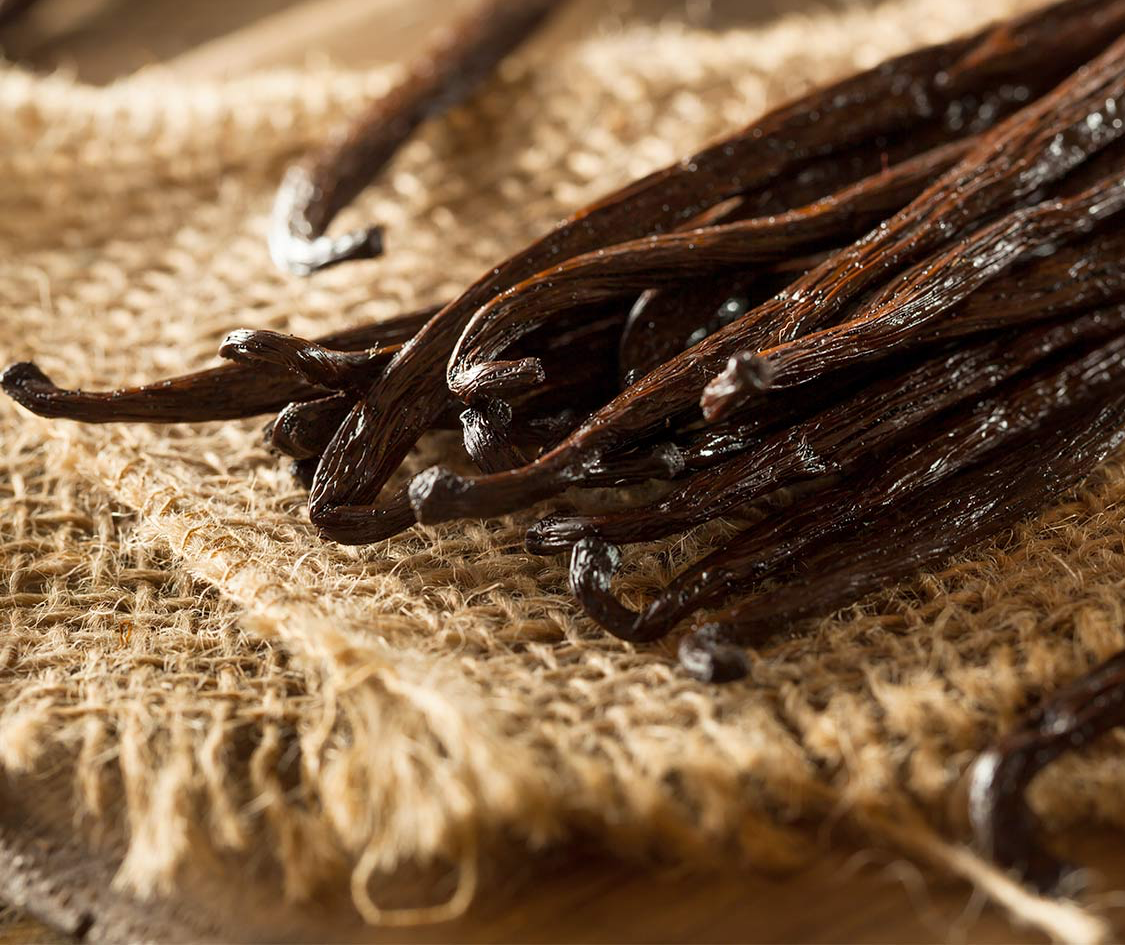The green orchid bee, known scientifically as Euglossa dilemma, is a stunning, metallic-green bee native to Central America. Though originally from tropical regions, it has made a new home in South Florida. The bee was first spotted here in the early 2000s and has since become a fascinating subject for scientists and nature lovers alike.
What sets this bee apart is its vibrant color and unique habits. Unlike many bees, the green orchid bee is a solitary creature. This means it doesn’t form hives or colonies. Instead, each female builds her own nest. The males are known for collecting and storing fragrant oils from flowers, which they use to attract females.
Attracting the green orchid bee to your area involves understanding its preferences. One of the key factors is the type of plants that grow here. They are particularly attracted to certain flowers that provide the nectar and oils they crave. Additionally, the specific habitats and mild, warm climate of South Florida make it an ideal place for these bees. Learning about their needs can help in creating a welcoming environment for them, promoting a balanced and thriving ecosystem.
The Fascinating History of the Green Orchid Bee
The green orchid bee, or
Euglossa dilemma, is originally from Central America, particularly places like Mexico and Costa Rica. These bees are known for their remarkable, shiny green appearance. They first appeared in South Florida around 2003. Scientists believe they may have traveled here on imported plants or through other human activities.
This bee has captured the interest of researchers for several reasons. Unlike many other bee species, the green orchid bee does not live in colonies. Instead, it leads a solitary life. The males engage in an intriguing behavior: they collect fragrant oils from flowers. These oils are stored in special pouches on their back legs and are used to attract females during mating.
Over time, the green orchid bee has adapted well to its new environment in South Florida. They are now a year-round presence, thriving in the subtropical climate. Their adaptation shows how species can sometimes adjust and flourish after being introduced to new regions.
Plants That Attract the Green Orchid Bee in South Florida
If you want to attract the green orchid bee, planting the right flowers is crucial. They are particularly drawn to flowers that produce fragrant oils and ample nectar. Here are some plants that these bees find enticing:
1. Orchids:
As their name suggests, orchid bees are very fond of orchids. Many orchid species produce the oils that male green orchid bees collect.
2. Brazilian Sky Flower:
This plant produces beautiful blue flowers that are attractive to these bees due to their strong scent.
3. Passionflowers:
Known for their stunning appearance, passionflowers also provide the oils and nectar that green orchid bees love.
4. Heliconia: The bright and vivid flowers of this plant are perfect for attracting pollinators like the green orchid bee.
5. Vanilla Orchids:
Vanilla orchids are especially significant because they produce the oils and scents that mirror many of the bee's native plants.
To make your garden appealing to the green orchid bee, try planting a variety of these flowers. A mix of colors and scents will create an inviting environment for these fascinating bees. Remember, these plants don't just attract bees—they can also make your garden look vibrant and lively.
Preferred Habitats for the Green Orchid Bee
Green orchid bees prefer habitats that provide a variety of flowering plants. These bees are usually found in areas that offer plenty of nectar and fragrant oils. Gardens, parks, and areas with abundant wildflowers are ideal. They thrive in environments that have a mix of trees, shrubs, and flowers.
These solitary bees often build their nests in small cavities. They can use hollow twigs, small holes in wood, or even spaces in garden structures. Because they don't form large colonies, they don't need large spaces to nest. Each female works alone, gathering materials like resin and mud to construct her individual nest.
Creating an inviting habitat for green orchid bees involves offering a mix of floral resources and nesting sites. Maintaining a variety of flowering plants throughout the year ensures that the bees have continuous access to the resources they need. Additionally, providing small, natural cavities or using bee houses can make your garden more attractive to these pollinators.
Climate Preferences: Why Green Orchid Bees Thrive in South Florida
South Florida's warm, tropical climate is perfect for the green orchid bee. These bees thrive in temperatures that are mild to hot, similar to their native Central American environment. The abundance of sunlight and the consistent humidity in South Florida create ideal conditions for these bees to find food and build nests.
This climate allows plants to bloom year-round, providing a steady supply of nectar and oils. The green orchid bee's active periods align well with South Florida’s weather patterns, which don’t experience drastic temperature drops. The bees can stay active and forage throughout most of the year without needing to hibernate or migrate.
The consistent climate also means that green orchid bees can reproduce continually. Female bees can lay eggs and raise offspring without the interruptions that cooler climates pose. This stability helps support strong bee populations and contributes to their ongoing presence in South Florida.
Conclusion
Attracting and supporting green orchid bees in your garden can be rewarding. These shiny emerald bees not only add beauty but also play a crucial role in pollination. Knowing their history, favorite flowers, habitats, and climate preferences helps create an environment where these bees can thrive.
For those looking to enhance the pollination of their vanilla plants, use some of these other plants that attract bees. I would also suggest to research solitary bee habitat. And implement these into your
vanilla farm to attract the natural pollinators and not have to depend on hand pollination.
I sell the passionflower plants for this reason.
